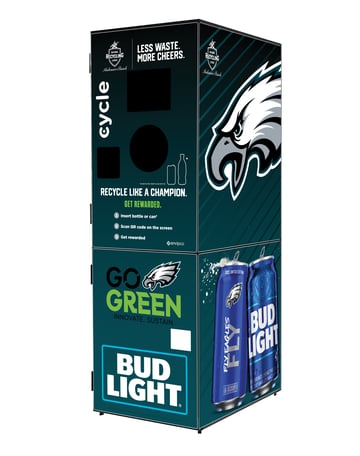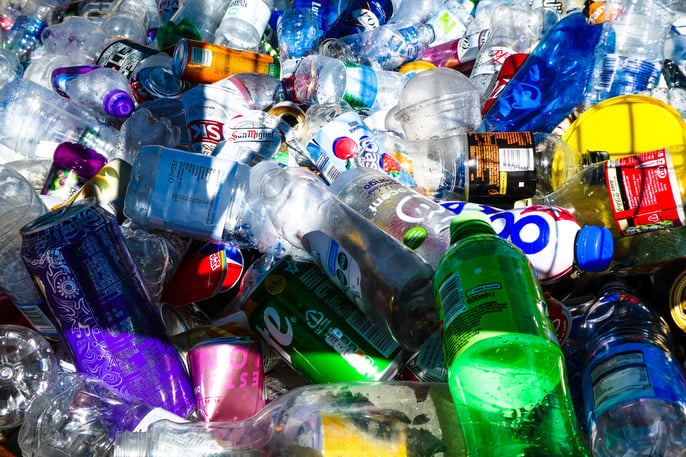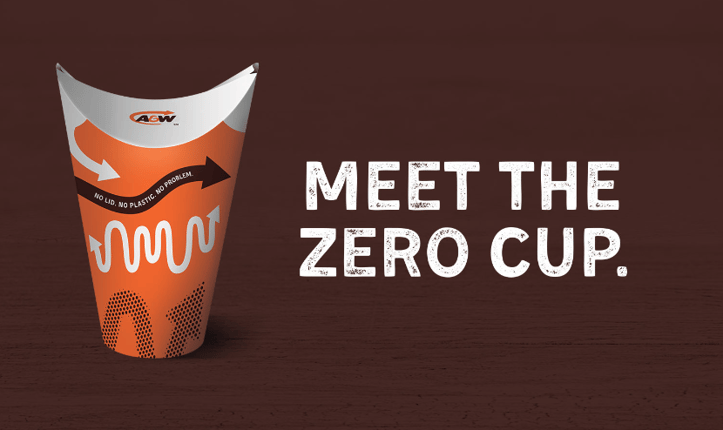Bond
Unearthing Customer Experience: Why 98% of Sustainability Initiatives Fail
With thanks to Jennifer Nachshen, Patricia Colard and Seema Bihari for their contributions.
Blueland is a B-Corp and Climate Neutral certified company that sets an inspiring example within the sustainability industry. The cleaning product company eliminates single-use plastics by offering concentrated soap tablets made from natural ingredients that can be re-constituted in water for reusable bottles. They draw in their customers by promising ease of use and reduction of waste, along with beautifully designed “forever bottles” that are convenient to store and cost less in the long-term. They show you how easy it is to use their products with a visual step-by-step process. They also add elements of fun to retain customers by launching new scents with each season, keeping customers coming back for more. Their effective customer experience has produced 400% growth in their second year and has diverted 1 billion plastic bottles from landfills.
Blueland got it right, but 98% of sustainability business initiatives fail. So, what are brands getting wrong?
The Reusable Bag Problem
My region recently banned single-use plastics, including—but not limited to—plastic bags. That means, when you order groceries delivered right to your door, they are sent in cloth bags that accumulate in a cupboard with no viable recycling option. What was originally intended to be a sustainability commitment by grocers, has inadvertently become a hassle for the everyday person. Whether it’s forgetting your reusable bags at home when shopping in-person or being delivered a slew of them at your doorstep, the reusable bag phenomenon has made life more bothersome. It’s also called into question why these bags aren’t part of a larger, circular reuse strategy for home-delivery customers.
Sustainability: 1, Customer Experience: 0
At Bond, we believe that it’s not enough to just offer sustainable options, especially if they make customers’ lives harder. By planning and implementing sustainable initiatives with the holistic customer experience in mind, brands will be better equipped to inspire loyalty through a shared sense of purpose. Our approach uses a combination of behavioral science and human-centered design to create sustainability experiences that are easy, impactful, and enjoyable, ensuring that they are good for both the earth and customer loyalty.
Here are our tips for delivering an intuitive, compelling, and sustainable customer experience:
1. Go Beyond Awareness
Awareness is the critical first step that many brands do right, but most also stop there. For example, Winners’ beauty recycling program, which offers an-instore deposit where customers can return used beauty products, provides no enticement or reward for customers to engage. Brands seem to think customers will participate simply because it’s the “right thing to do,” but fail to consider how to elevate the customer’s experience afterwards, resulting in an intention-action gap for consumers who don’t know what to do next. Beyond awareness, brands need to empower customers to take the first step and create an intuitive and engaging experience that celebrates the customers’ accomplishments and stays top-of-mind, even when the experience is complete.
2. Make it Easy
The easiest decisions are the ones that you don’t have to make. Amazon sets sustainable shipping options as the default and A&W recently introduced a fully recyclable coffee cup that doesn’t use a lid or a straw and is fully biodegradable. On the other hand, many initiatives have failed because they made life more difficult for customers. Keurig, as an examaple of this, used cups deemed recyclable, but only if consumers peeled off the metallic lid and emptied out the coffee grounds themselves. When an experience is easy, customers walk away feeling satisfied, sometimes great. When an experience is not so easy? Customers remember that feeling, too. To ensure that an experience feels simple and satisfying, brands should ensure that they:
- Use the right cues to draw attention to the information
- Provide the information in easy-to-understand, digestible formats
- Show customers what to do step-by-step
- Reduce the small and annoying barriers that can derail even the best of intentions
Image by: A&W
3. Make the Impact Feel Real & Relevant
Customers need to believe that their actions will have a real impact—on the environment and within their own lives. Brands can do this by ensuring their mission is ingrained in all that they do. Without a clear purpose, customers can’t relate. Brands must be specific about what it is they are trying to achieve and show the entire journey of how they plan to get there. This will help show customers the value of interacting with your brand. They can do this by:
- Clearly demonstrating and celebrating the customer’s impact on the overall goal
- Reward customers for sustainable behaviors
- Make their mission and purpose clear for customers in all touchpoints of the customer journey
- Keep customers informed about their impact and what else they can do
4. Create Emotional Satisfaction
Customers want to feel good about their experience with a brand. They need to feel and sense salient emotional cues that will lead them to act. Brands can achieve this by ensuring that the experience they provide is immersive, interactive and, of course, fun. A testament to this? The Philadelphia Eagles have made recycling exciting by setting up “reverse vending machines” to encourage fans to recycle for a chance to redeem prizes, ranging from autographed items to tickets to next year’s openers. To keep the fun alive, brands should:
- Introduce a sense of novelty in the process
- Remind customers of the pride they’ll feel from acting
- Communicate what could be lost if customers don’t participate
- Show how other customers have celebrated success
- Enable customers to gain status as they participate through badges or bragging rights
Image by: Green Sports Alliance
Although the end goal of sustainability may differ from person to person, one thing is certain: to achieve action, we must do more than simply change hearts and minds. At Bond, we have created a method that uses behavioral science and human-centered design to ensure that your sustainability initiatives deliver a simple, yet satisfying, customer experience—one that will undoubtedly increase customer satisfaction and loyalty along the way.
Please reach out to Jennifer Nachshen or Patricia Colard if you would like to learn more.
How are your sustainability efforts delivering a simple, yet satisfying, customer experience? We’d love to hear! Comment below.

